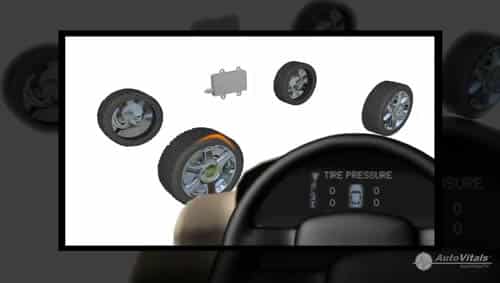Tire Rotation
Rotating your tires is an easy and inexpensive way to minimize wear and extend tire life. This process of moving your tires from one side of the vehicle to the other, from front to rear, or a combination of both, will minimize wear that is ‘position specific.’ We recommend a tire rotation every 3,000 to…






